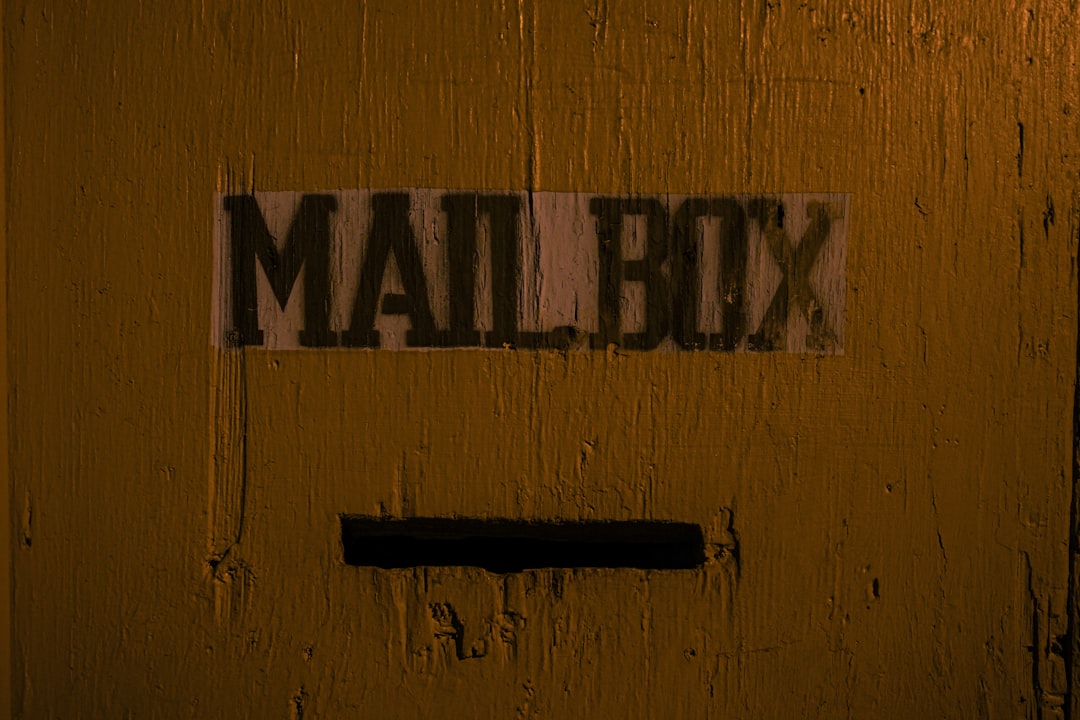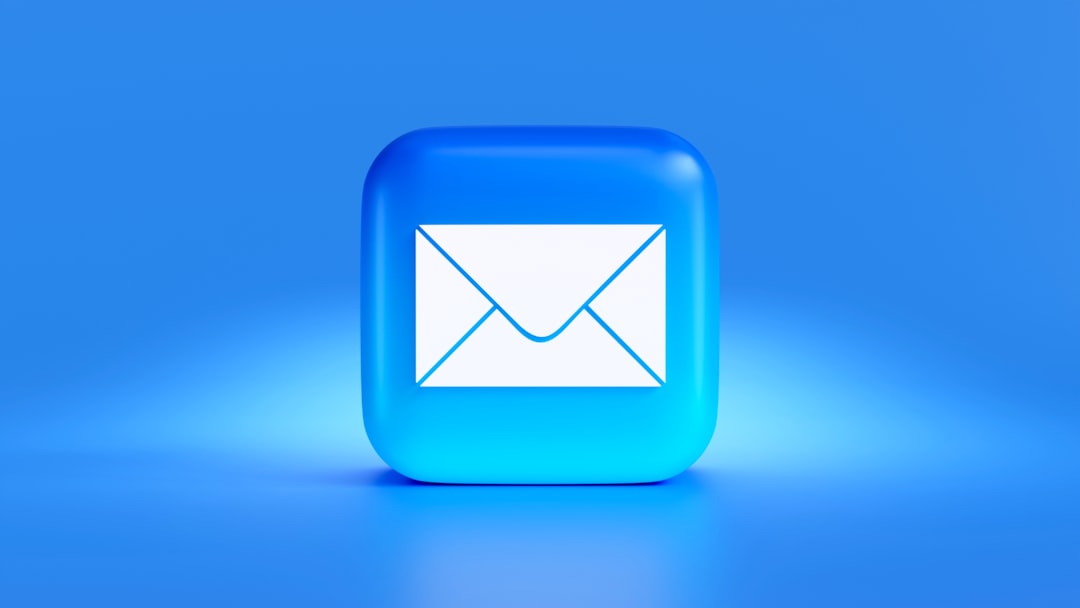MX filter and mail records: quick guide
Email is like magic. You type a message, hit send, and within seconds it reaches someone across the globe. But behind the scenes, there’s a little crew of techy wizards making sure your email finds the right address. Two of these unseen heroes are MX records and mail filters.
Let’s take a fun and simple deep dive into how they work. By the end of this guide, you’ll know your MX from your SPF without breaking a sweat!
What Are MX Records?
MX stands for Mail Exchange. These records are part of your domain’s DNS (Domain Name System) settings.
Think of them like a post office for your website. When someone sends an email to you@example.com, the MX record tells the internet where that message should go. It’s the map that emails follow to land in your inbox.
Here’s how it works in simple steps:
- You hit send on your brilliant email.
- The email service looks at the recipient’s domain.
- It asks, “Hey DNS, where’s the MX record for this domain?”
- The DNS answers with the correct mail server info.
- Your email heads over and delivers the goods.

What Does an MX Record Look Like?
Here’s an example of a typical MX record:
Priority: 10 Server: mail.example.com
Priority is a number. If you have several MX records, the one with the lowest number is used first. If that one fails, the next one is tried. It’s like having a backup mailman just in case.
How to Set MX Records
You usually set these through your domain hosting provider (like GoDaddy, Bluehost, or Cloudflare). It only takes a few clicks, and you’re ready to take emails like a pro.
Pro Tip: Changes to MX records may take a while to update globally. So don’t panic if it takes up to an hour or two.
Bonus: Other Related Records
While we’re hanging around DNS town, let’s do a quick roll call of related records that help keep your email safe and spam-free:
- SPF (Sender Policy Framework): Says which servers are allowed to send mail for your domain.
- DKIM (DomainKeys Identified Mail): Adds a signature to your emails to prove they’re legit.
- DMARC (Domain-based Message Authentication, Reporting, and Conformance): Tells email providers what to do if an email fails SPF and DKIM checks.
They work together like a crime-fighting trio, keeping fraudsters and spammers far away.
Now, Let’s Talk Filters
Once the email reaches your MX-filtered domain, another hero steps up: Mail Filters.
Mail filters are like security guards at the inbox gate. They decide whether an email should go to your inbox, spam folder, or be blocked entirely.
Types of Mail Filters
- Spam Filters: Look for suspicious patterns, keywords, or known bad IP addresses.
- Content Filters: Scan the email for inappropriate or dangerous content.
- Header Filters: Read the email’s hidden headers for signs of tampering.
- User Filters: You can set your own rules – like “move all emails from Bob to folder XYZ.”
These filters can live in different places:
- At your email provider (like Gmail or Outlook).
- On your own server (if you’re fancy).
- Or through third-party apps and services (like SpamTitan or Barracuda).
They help protect your inbox and also save you from email clutter insanity.

Why You Need Both
You may wonder, “If I have MX records, do I really need filters?” Oh yes, friend. They play very different roles:
| MX Records | Mail Filters |
|---|---|
| Tell where to deliver your email | Decide what to do with the email after it arrives |
| Like GPS for your messages | Like a security checkpoint |
Without MX records, emails won’t even arrive. Without filters, spam will overflow like glitter at a kid’s birthday party. You really need both!
How to Check Your MX Records
Curious what your current setup looks like? You can check your domain’s MX records easily:
- Use a tool like MXToolbox
- Run a DNS query in your terminal:
nslookup -q=mx yourdomain.com - Log in to your domain registrar or DNS host and peek at your DNS settings
If you see unfamiliar records there, it’s a good idea to double-check everything. Sometimes hackers try to reroute your emails!
Common Mistakes to Avoid
Here are a few rookie errors when it comes to MX and mail filtering:
- Forgetting to update MX when switching email providers
If you move from Gmail to Outlook, your MX record must change, too. - Setting incorrect priorities
Keep the main server’s priority lower than the backups. - Leaving your domain without mail filters
You’ll open the floodgates to spam and possibly viruses. - Not testing changes
Always send yourself a test email after updates!
Cool Uses of Filters
Okay, so mail filtering isn’t just about spam. You can use filters creatively to stay organized.
- Send newsletters to a “Read Later” folder automatically 📰
- Flag emails from your boss as high priority ⚡
- Move invoice emails to your accounting folder 💰
It’s inbox zen at its finest.
When to Use MX Filtering Services
Big organizations or businesses often use special MX filtering services. These are extra layers between the internet and your inbox.
What do they offer?
- Advanced spam filtering, better than what basic email services provide
- Virus and malware scanning before the email hits your main server
- Email continuity in case your mail server goes down
- Archiving old messages for compliance or backup
Some popular MX filtering services include:
- Mimecast
- Proofpoint
- SpamTitan
- MXGuarddog
Cool, But What About Gmail and Yahoo?
If you’re using a public email provider like Gmail or Yahoo, you don’t usually need to worry about MX records or filters. They do it all for you!
But if you’re running your own domain or business email, then yes—you’ll be seeing a lot of MX and filtering action.

Quick Recap
Let’s wrap it up with everything we’ve learned:
- MX records tell the world where your email should go.
- Mail filters keep out the bad stuff and keep you organized.
- Both are essential for a safe, smooth email experience.
- You control them through DNS settings and your email software.
Now you’re ready to build the happiest, spam-free inbox ever! Go forth and email like a pro.
Inbox warriors, unite! ✉️🛡



